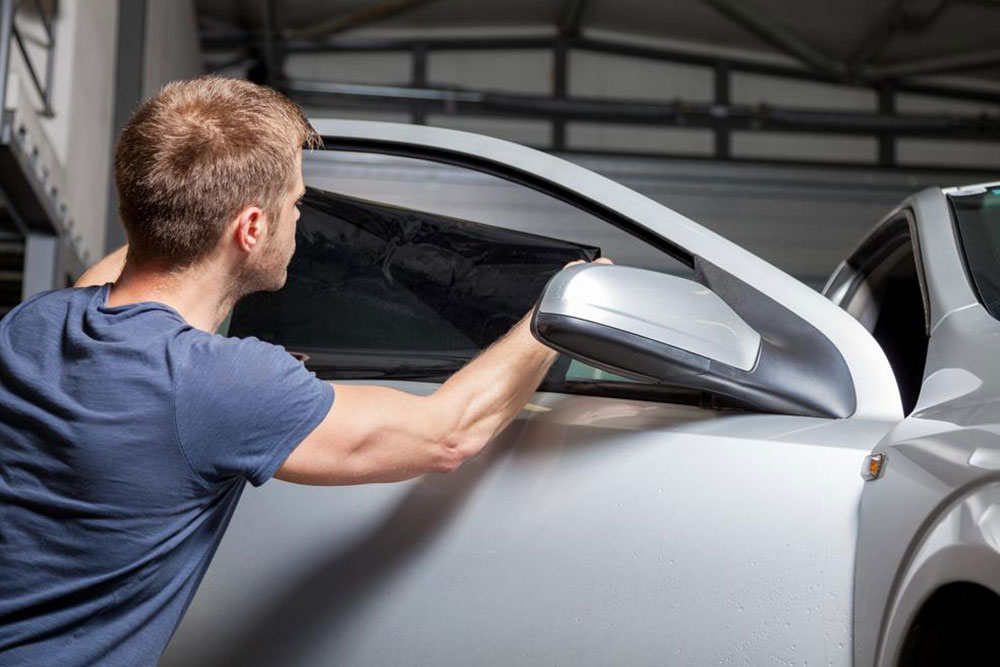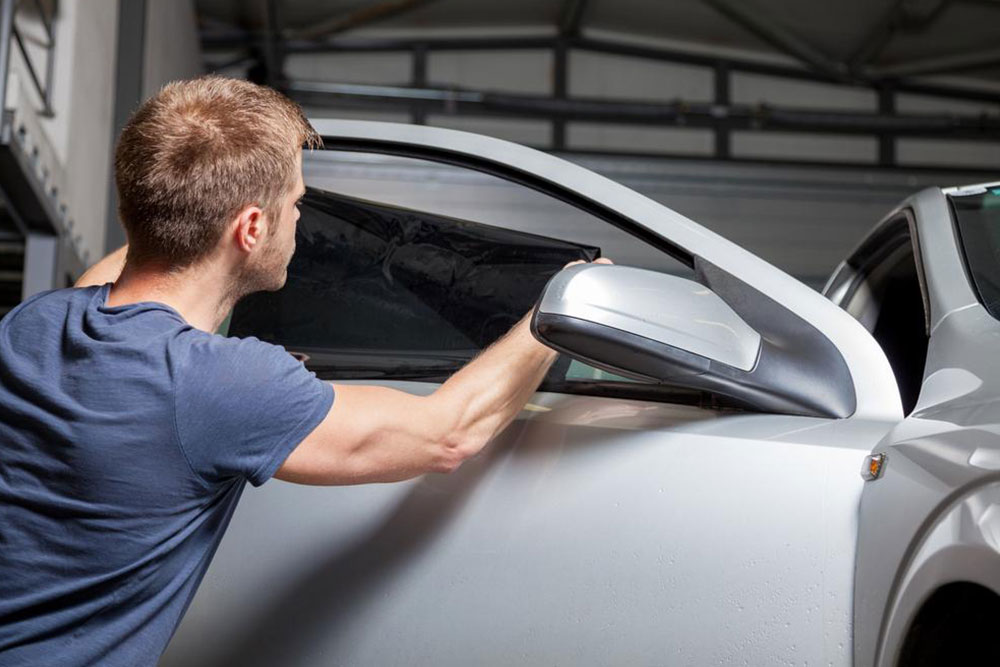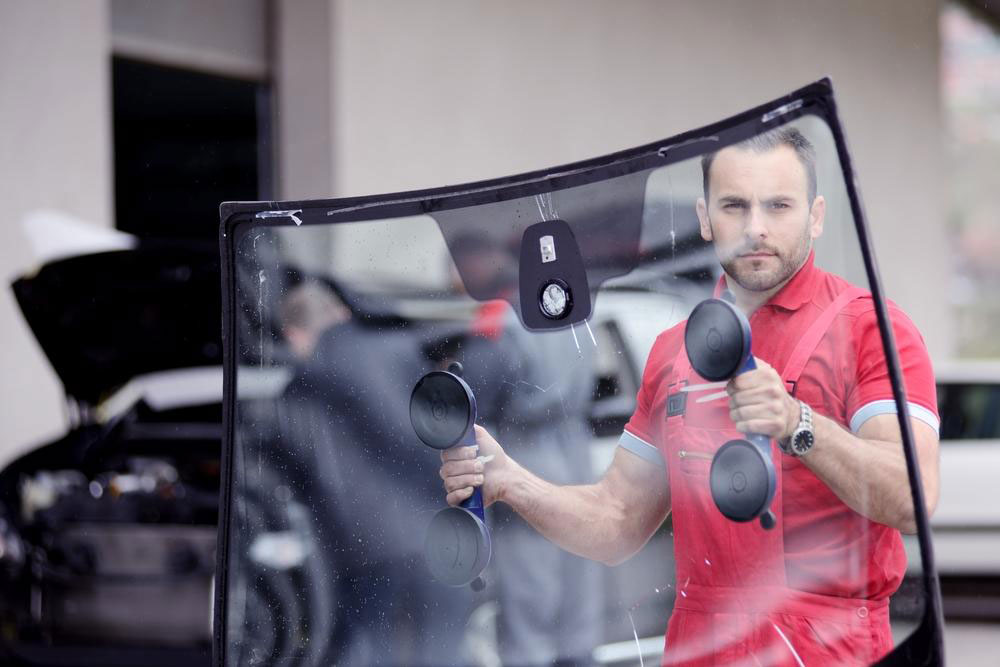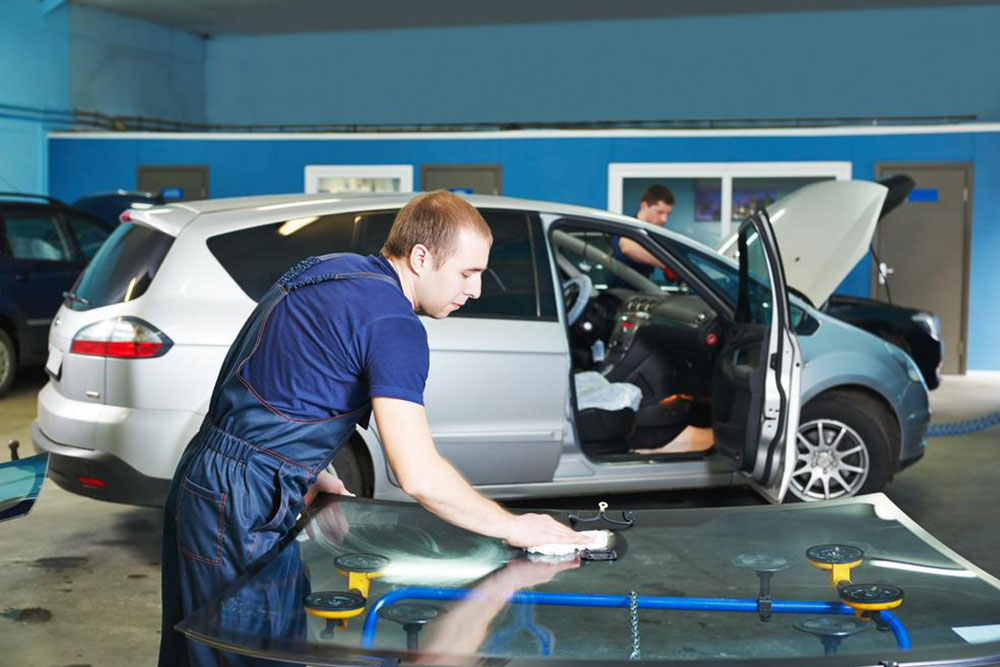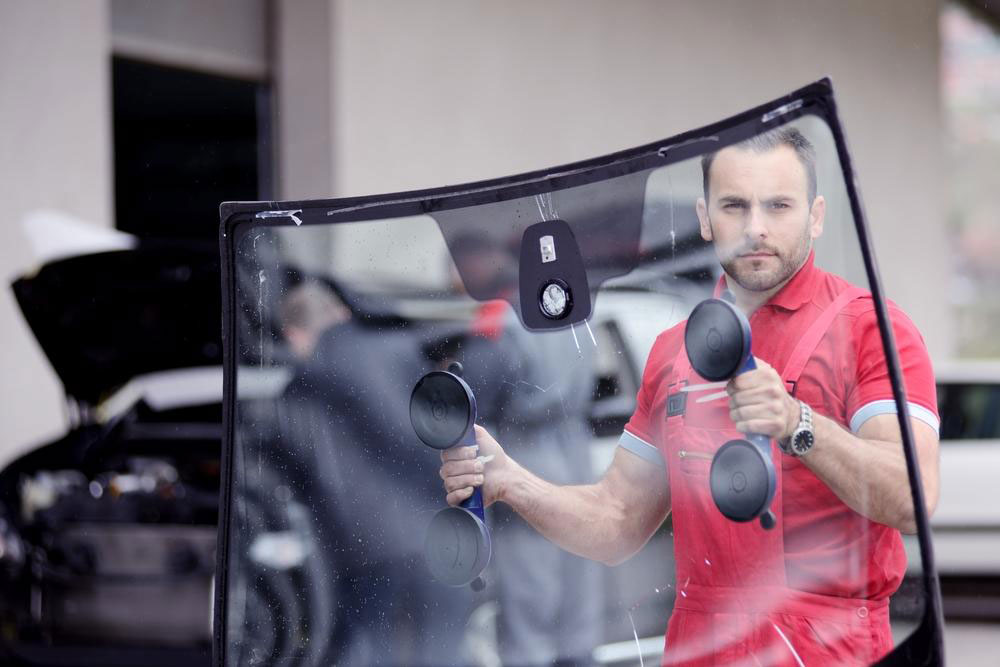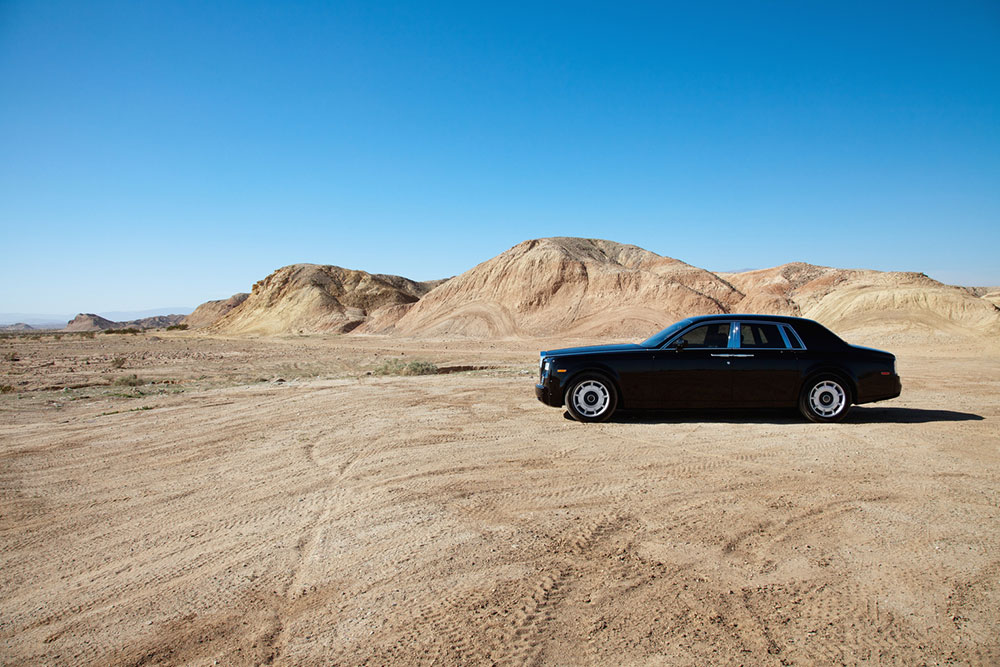Comprehensive Guide to Vehicle Windscreen Types: Laminated vs. Tempered Glass Explained
This comprehensive guide explores the differences between laminated and tempered vehicle windscreens, highlighting safety features, durability, and application scenarios. Understanding these options helps vehicle owners choose the best windshield for enhanced protection and performance. Learn about manufacturing processes, benefits, and considerations for selecting the most suitable windscreen type to meet safety standards and driving needs.
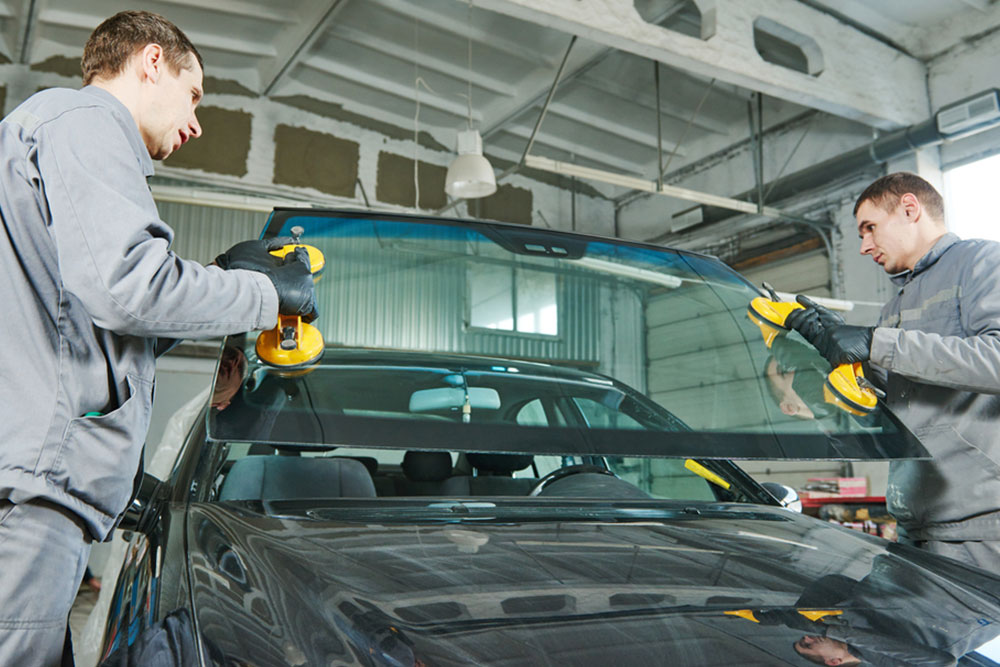
Understanding Different Vehicle Windscreen Options for Enhanced Safety
In the modern automotive industry, the design and safety features of vehicle windscreens have undergone significant advancements to ensure better protection and durability. Classic glass windscreens, once the standard, proved to be vulnerable to shattering upon minor impacts, which posed serious risks of injury from flying shards. Recognizing these safety concerns, manufacturers now incorporate advanced glass technologies that blend strength, safety, and functionality. Today, vehicle windscreens mainly fall into two categories: laminated and tempered glass, each with unique characteristics, safety considerations, and application scenarios. Understanding the differences between these types can help vehicle owners, drivers, and fleet managers make informed choices for optimal safety and vehicle performance.
Laminated Windscreens: Superior Safety and Versatility
Laminated windscreens are widely recognized as the benchmark for vehicle safety. This type of glass is produced by bonding multiple layers of glass with a resilient plastic interlayer, typically made of polyvinyl butyral (PVB). The process involves precisely controlled heating and pressing to fuse the layers into a single, cohesive unit. The resulting laminated structure offers exceptional safety features, making it the preferred choice for passenger vehicles, commercial trucks, and even specialized vehicles like buses and military transports.
One of the primary advantages of laminated windscreens is their ability to prevent dangerous shards from dispersing upon impact. In the event of a collision or accident, the plastic interlayer holds the broken glass fragments together, significantly reducing the risk of injury from flying glass shards. This built-in safety feature acts as a cushion, providing added protection to vehicle occupants and pedestrians. Moreover, laminated windscreens serve as a barrier against UV rays, which can be harmful over prolonged exposure. They also offer better sound insulation and improved optical clarity, enhancing the overall driving experience.
Another notable aspect of laminated windscreens is their versatility in design and customization. Manufacturers can easily incorporate features such as rain sensors, heated elements, cameras, and antennae into the laminated glass during the manufacturing process. This integration enables the creation of modern, technologically advanced vehicles with aesthetic appeal and functional enhancements.
Beyond safety and design flexibility, laminated windscreens are easier to repair than their tempered counterparts. Minor chips and cracks can often be fixed through specialized repair techniques, prolonging the lifespan of the windscreen and reducing replacement costs. Due to these benefits, laminated glass has become a standard in most contemporary vehicle manufacturing, especially where safety regulations are stringent.
In addition to their safety advantages, laminated windscreens act as a protective barrier in severe collisions, preventing ejection of occupants and minimizing injury risks. Their ability to withstand impacts and absorb shock makes them indispensable in vehicles designed for high safety standards. The resilience and repairability of laminated windshields have contributed to their widespread adoption across various vehicle types, from family cars to commercial fleets.
Tempered Windscreens: Strength Through Thermal Treatment
Tempered glass, also known as heat-strengthened or safety glass, is another popular type of vehicle windscreen, distinguished by its manufacturing process that involves rapid thermal treatment. During production, the glass is swiftly heated in a furnace to reach high temperatures, often above 600°C, and then cooled rapidly using cold air jets. This controlled heating and cooling induce internal stresses within the glass, significantly increasing its strength and durability. The process is carefully calibrated to ensure uniform stress distribution throughout the glass sheet.
The primary benefit of tempered windscreens lies in their ability to shatter in a controlled manner upon significant impact. Unlike traditional glass, which tends to break into large, jagged shards, tempered glass fragments into small, rounded pieces that are less likely to cause injury. This characteristic drastically reduces the severity of injuries associated with shattered glass, making it an essential component for vehicle safety in high-impact scenarios.
While tempered windscreens offer excellent resistance to thermal stress and external forces, they do have limitations. Once shattered, the pieces are difficult and expensive to repair; typically, a complete replacement is necessary. This quality makes tempered windscreens suitable for specific applications, such as side and rear windows, where damage is less frequent, rather than as primary windscreens, which benefit from laminated safety features.
Temper glass also boasts high heat resistance, making it suitable for environments with extreme temperature fluctuations. Its durability under thermal stress ensures that the windscreen maintains integrity during rapid changes in temperature, such as hot summer days or cold winter conditions. Though initially less common for front windscreens, advancements in manufacturing techniques and safety standards have led to increased incorporation of tempered glass in various vehicle parts.
To ensure you choose the most durable and cost-effective windscreen for your vehicle, it is essential to explore top brands and manufacturers that specialize in high-quality tempered glass options. Keep in mind that, while tempered glass offers significant safety benefits, it lacks the repairability of laminated glass, making timely replacement critical when damage occurs.
In conclusion, choosing the right type of vehicle windscreen is vital for ensuring safety, durability, and compliance with safety regulations. Laminated windscreens excel in impact resistance, safety, and repairability, making them the standard choice for most vehicles. Tempered windscreens provide high strength and thermal resistance but are more suitable for side and rear windows due to their shattering characteristics. Vehicle owners should consider their specific needs, the typical driving environment, and safety standards when selecting the appropriate windscreen type.
